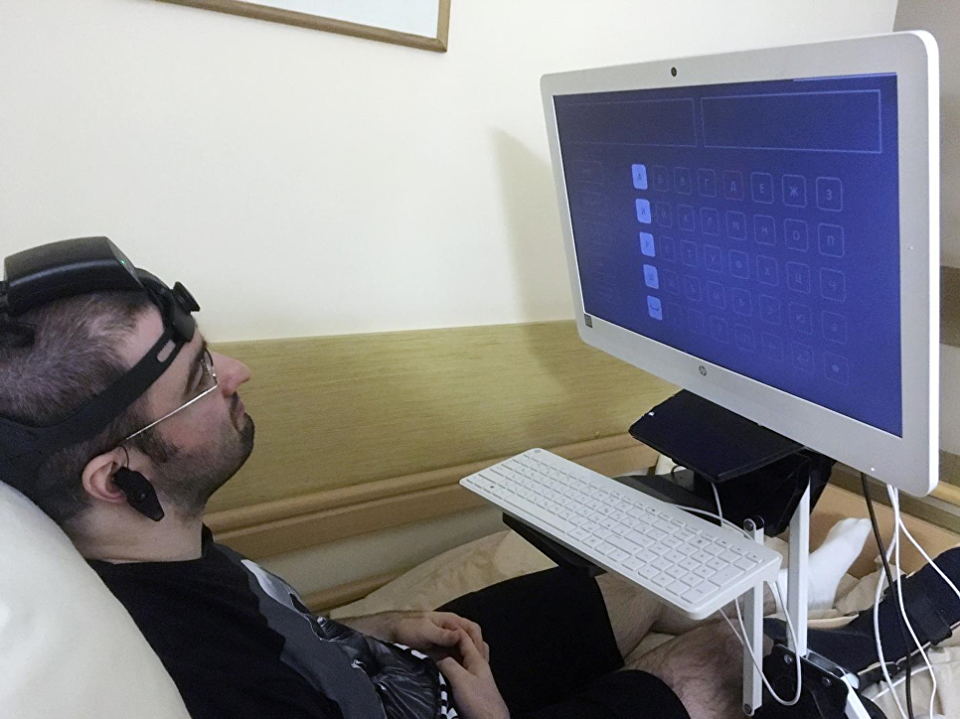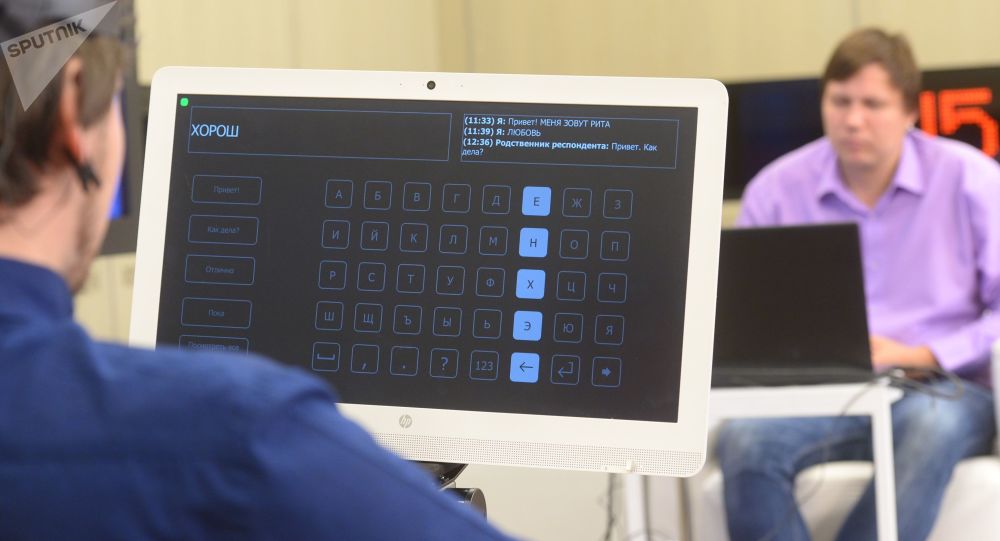Russia is developing a neuro headset for people with speech and motor impairments

The other day it became known that the developers from the company Neurotrend together with partners are going to present in November of this year a software and hardware complex with a neuro headset for a smart home. However, initially the system is created for people with limited physical abilities, for example, post-stroke patients, people with war injuries or industrial injuries. According to the authors, people who have been disturbed by speech and motor functions as a result of such injuries will be able to communicate with others, as well as be able to do their own work and manage smart home systems in their current state.
By themselves, neural interfaces are not something new, they are intended in most cases for direct communication between a computer and a person. During the thinking process, brain signals are recorded using electrodes. Registration is performed using electroencephalogram, magnetoencephalogram, functional magnetic resonance imaging or functional spectroscopy in the near infrared region. After that, the signals are converted into clear commands for the computer system.
As for the neural system in question, it works with an electroencephalogram of the brain, highlighting the impulse P300 in it. Scientists know that such an impulse is formed approximately 300 ms after the occurrence of a certain event as an organism response to a stimulus. This may be a speech, light or sound signal. For example, if a person views several images at the same time, then the P300 pulse in the brain is formed only after the person has seen the image that was shown to him before the tests.
')
"Neurochat" consists of a neuro headset, which is worn on the head, as well as software (it is installed on any desktop PC or laptop). Basic functions - recognition of certain letters on the keyboard, projected on the screen. If you use such a keyboard, the patient after workout can communicate with the outside world with the help of words and phrases. In order to facilitate the patient's task, the T9 correction is used.

As for training, the primary training system takes only about 12 minutes. After that, the system is able to recognize letters on the keyboard, as well as other objects that are of interest to the headset user. The accuracy of the headset is not perfect, but good enough - 75%. In addition to letters, you can connect to it network services like YouTube, search engines, media resources. In the future, developers are going to add control functions of a smart home and an electric wheelchair.
The headset works in connection with a home PC, on which all data processing operations are performed. Communication is via Wi-Fi. If other devices that support remote control are connected to the network, the headset user can work with them. According to the developers, after the project is completed, 500 copies of the headset will be given free of charge to patients as part of a state grant.
In 2019, the company is going to put the project on commercial rails. Headsets will be implemented in two ways - rental and direct sale. Unfortunately, the cost of the system is still unknown. In some cases, the rent will be beneficial to the patient, since it will not be necessary for post-stroke patients after recovery.
Source: https://habr.com/ru/post/421197/
All Articles